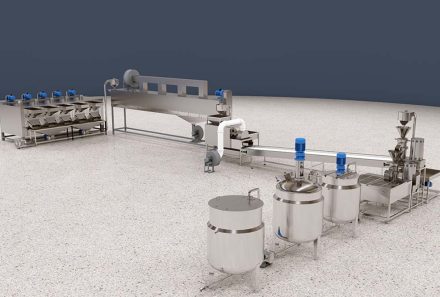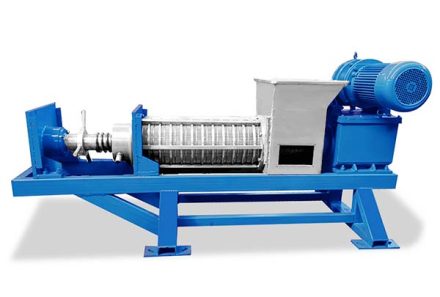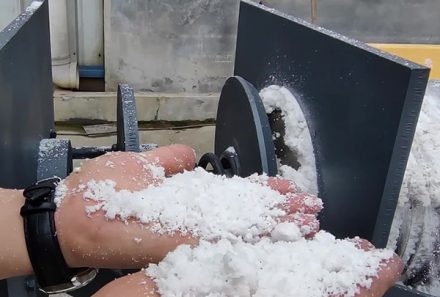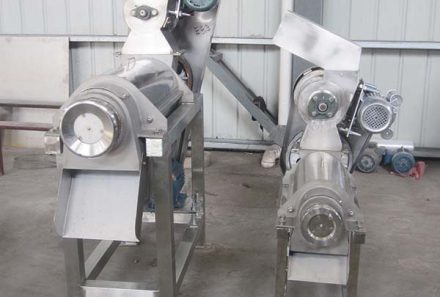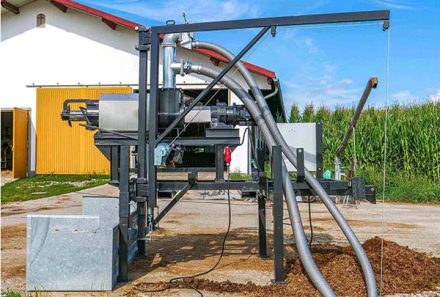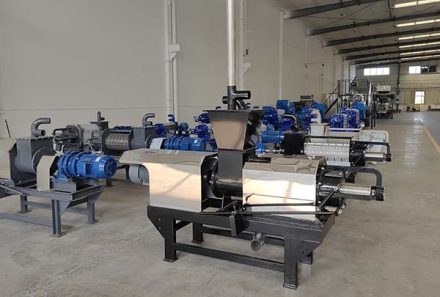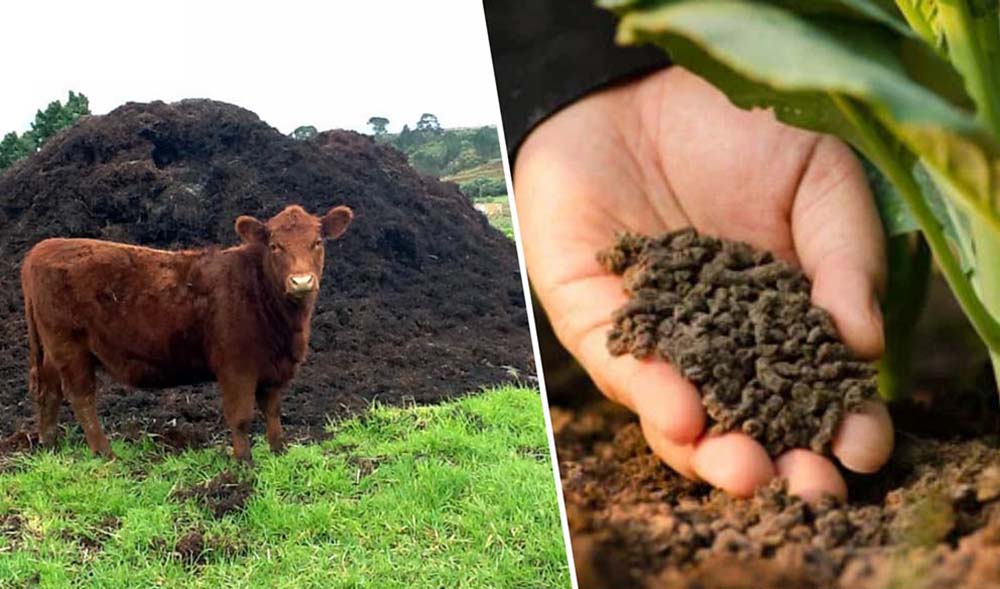
How to Make Organic Fertilizer from Cow Dung?
Making organic fertilizer from cow dung or other animal manure is a sustainable and profitable method of manure management. Below we will explain how to make organic fertilizer from cow dung and why converting animal manure into organic fertilizer is crucial.
1. Preventing Disease and Pest Spread:
Animal manure is a kind of “complete fertilizer”. It contains a lot of organic matter, including some harmful pathogens, such as coliform bacteria, parasitic nematodes, and eggs. Directly using untreated manure may lead to the transmission of diseases pests, and crop infections, which will contaminate the environment. Moreover, it poses risks to the health of consumers of agricultural products.
2. Avoiding Secondary Fermentation:
Raw animal manure is rich in undigested organic matter that can lead to “secondary fermentation.” This fermentation process generates heat, which may burn plants, or cause root and shoot damage, and even result in plant death.
3. Enhancing Nutrient Availability:
Unfermented animal manure contains large organic molecules that cannot be directly absorbed by crops. As a result, its nutrient release is exceptionally slow. In contrast, converting animal manure into organic fertilizer makes essential nutrients like nitrogen, phosphorus, and potassium readily available to plants, promoting their healthy growth.
How to Make Organic Fertilizer from Cow Dung?
Below let’s see how to make organic fertilizer from cow dung step by step.
1. Prepare Raw Materials
The main material can be cow dung, sheep manure, pig manure, chicken manure, accounting for about 80%. It also requires to add some auxiliary materials, including fermentation agent and about 20% some supplements.
- Adding Fermentation Agent
Taking cow dung for example,1-1.5 tons of dry cow dung ( or 2.5-3.5 tons of fresh chicken manure) should be mixed with 1 kilogram of fermentation agent.
- Adding Supplements to Adjust the Carbon-to-Nitrogen Ratio
To maintain a carbon-to-nitrogen ratio of 25-30:1 and achieve a pH level of 6-8, it is advisable to incorporate granulated or powdered materials such as wheat bran, peanut shell powder, corn stalks, cottonseed husks, rice straw, mushroom residue, or other suitable supplements.
- Adjust the Moisture Content
The appropriate moisture content of manure is 60-65% during the organic fertilizer fermentation process. If the moisture content is too high, you can employ a manure dewatering machine for initial dehydration before fermentation. Tianzhong Machinery offers various models of screw manure separators and sloped screen separators to suit your needs. Please feel free to talk with us.
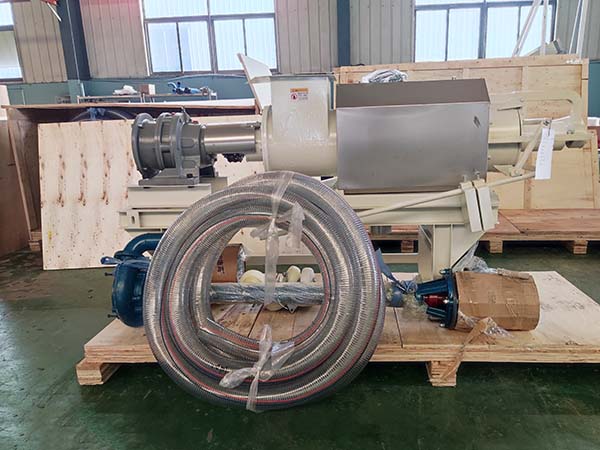
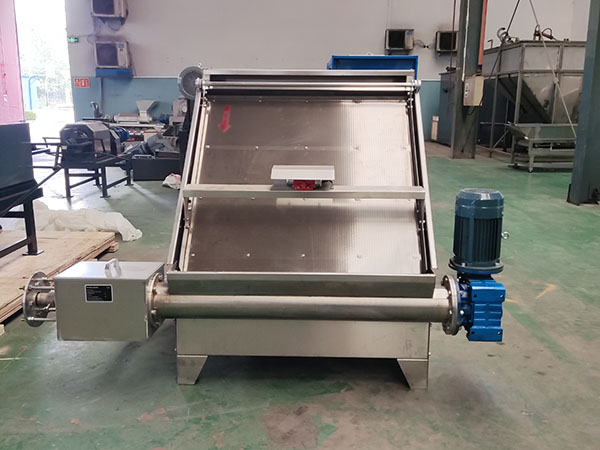
2. Composting Process
Choose a suitable place for composting. It should be sunny, flat, elevated, and easily accessible, while avoiding windy areas. Then mix animal manure and supplements, and create a compost pile. Next seal the pile, but ensuring that there is adequate airflow inside to facilitate the reproduction and activity of beneficial microorganisms, which aid in organic matter decomposition. Over time, turn over the pile (2-3 times), especially when its temperature reaches 60-65°C, and replenish water content as needed. Typically, the fermentation process takes about one week to complete, resulting in thoroughly decomposed, deodorized, sterilized, and pest-free organic fertilizer. You can use or sell it directly or you can further processed it into pellets for a higher selling price.
3. Grinding
Once fermentation is complete, the organic fertilizer can be quite lumpy or uneven in texture. To improve its appearance and consistency, grind the fermented material into a fine, uniform powder or granules.
4. Mixing with Supplements
Depending on specific requirements, add the appropriate supplements to improve the quality of the organic fertilizer.
5. Making Pellets
Utilize a disc or drum-type pelletizer to shape the mixed material into uniform pellet organic fertilizer. This process helps in achieving consistent particle size and facilitates ease of application. After that, it is necessary to remove the excess moisture of the pellets through a drying process. Then cool the pellets to room temperature, preparing them for packaging.

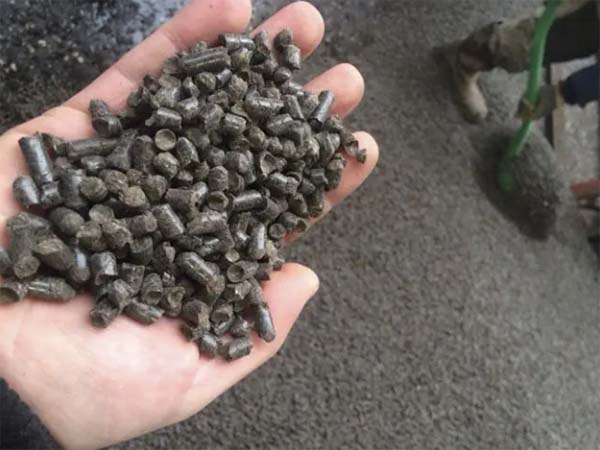
6. Screening & Packaging
In order to make uniform organic fertilizer pellets to meet the quality standards, you can employ screening equipment to separate out pellets that are either too large or too small. The last step is to pack the pellets into bags or containers for sale with an automatic measuring and packaging system.
Conclusion
In conclusion, the process of transforming animal manure into organic fertilizer is not only environmentally responsible but also bring more economic benefits to farmers. By following these steps, you can create a high-quality organic fertilizer that is rich in nutrients and safe for both your plants and the environment. If you want more details, please feel free to contact us!

